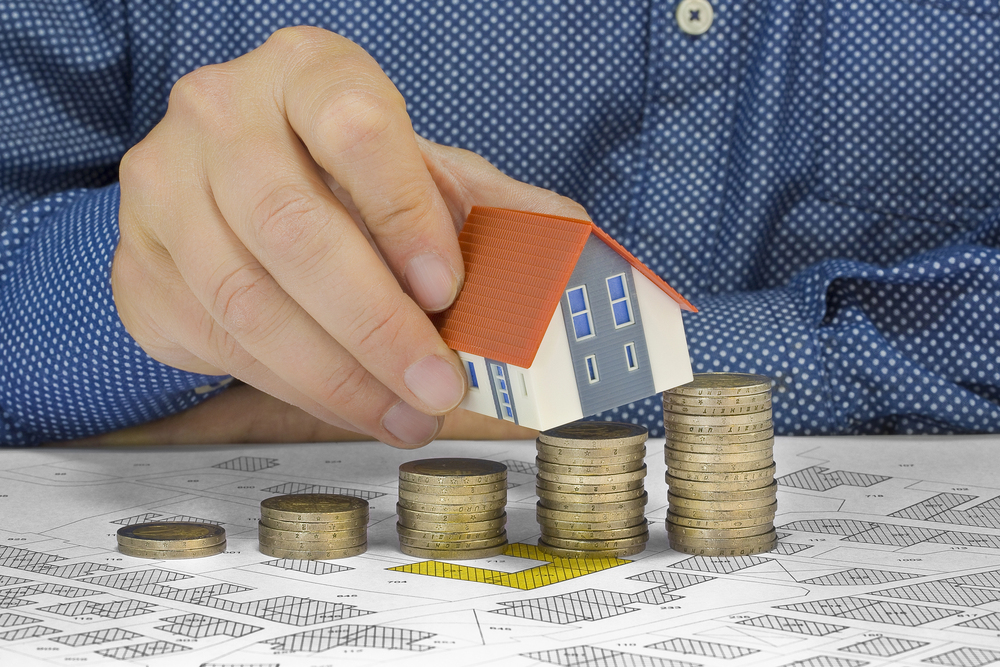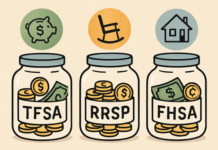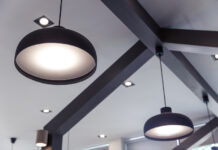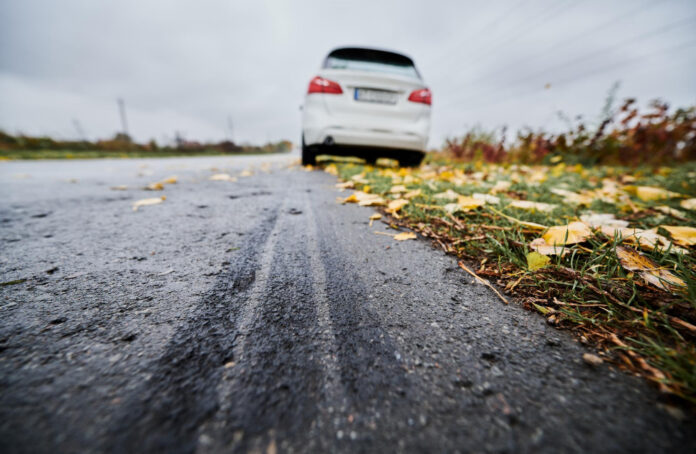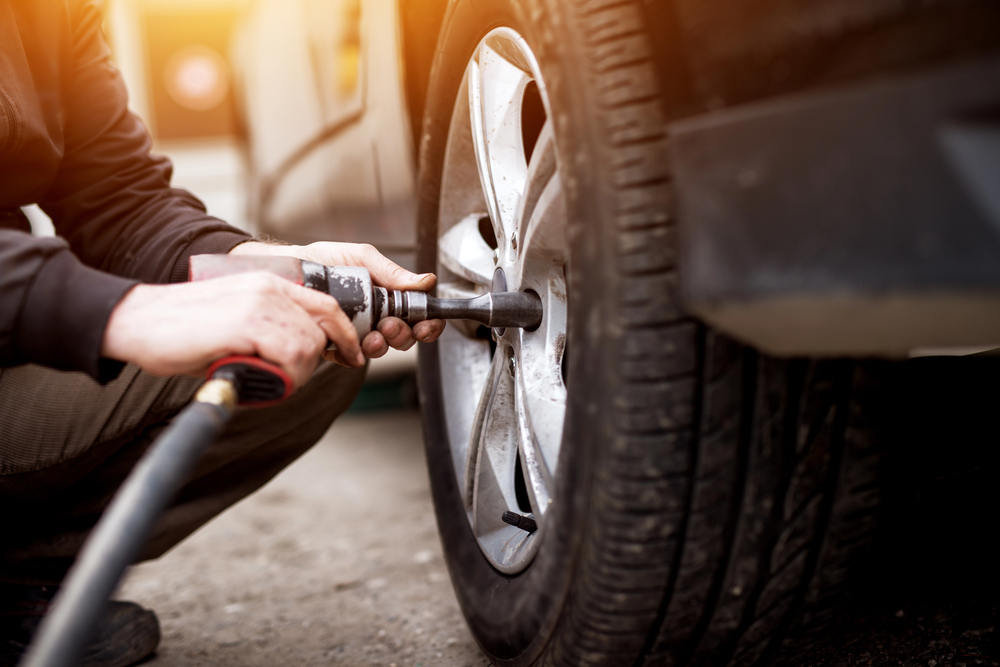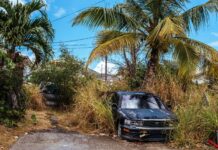From coast to coast, road users share a growing frustration: America’s aging road infrastructure. Potholes, confusing intersections, outdated signage, and lanes too narrow for modern vehicles can lead to real harm. In fact, poor road conditions, inadequate infrastructure, and outdated designs are significant contributors to car accidents nationwide.
Today, we explore how America’s aging infrastructure isn’t just inconvenient; it’s dangerous. We’ll dive into how and why the current state of our roadways directly correlates with increased collisions, and what can be done about it.
America’s Roads Are Built for a Different Era
To understand the risk, it helps to understand the history. Much of America’s roadway infrastructure was developed during the mid-20th century, think post-WWII expansion and the Eisenhower Interstate System. At the time, these projects were visionary. However, they were designed for a world that bore little resemblance to today’s reality.
Consider this: in the 1950s, the U.S. population was around 150 million. Today, it’s over 340 million. Meanwhile, the number of registered vehicles has grown from 67 million in 1958 to over 294 million as of recent data. That’s a massive increase in both drivers and cars, without a corresponding rise in updated infrastructure.
Our roads weren’t built for this level of traffic, nor for the size and weight of modern vehicles. Add to that decades of deferred maintenance and design choices that no longer meet today’s needs, and you have a recipe for rising crash rates.
Infrastructure isn’t neutral; it shapes how we drive, when we collide, and how badly we get hurt.
Poor Road Maintenance and Direct Crash Risks
Poor maintenance of existing roads creates preventable risk that often leads to avoidable collisions. Road safety hazards stemming from deterioration and neglect create direct risks for drivers, cyclists, and pedestrians alike:
- Potholes cause tire blowouts, loss of control, or sudden swerving.
- Collapsed shoulders limit maneuvering space and increase rollover risks.
- Faded lane markings and signs reduce visibility, especially at night or in poor weather.
- Debris forces drivers to brake or swerve, sometimes into other lanes.
- Poor drainage leads to standing water and hydroplaning hazards.
- Road erosion undermines pavement strength and edge stability.
- Unkempt landscaping blocks stop signs or signals and impairs visibility around curves.
- Broken streetlights reduce visibility in high-traffic or pedestrian areas, especially at intersections.
Outdated Road Design Leads to Modern Traffic Accidents
Even roads in decent condition can be hazardous if their design is outdated. Many roadways – especially in urban or rural areas – were built before the rise of 80,000-pound tractor-trailers, cruise control, and cellphones.
- Design flaws that contribute to unsafe conditions include:
- Narrow lanes, which don’t allow for wider vehicles to pass easily
- Straight-aways with or without repeating design features, which can encourage speeding and aggressive driving
- “Cloverleaf” interchanges, which most drivers find difficult to navigate
- Missing medians and borders between multi-directional roadways can increase the risk of a head-on collision
- Absence of bike lanes and pedestrian islands
- Highways that cut directly through neighborhoods and offer no pedestrian bridge or crosswalks to facilitate crossing
Outdated traffic systems were often built for different traffic volumes and behavior patterns. Today’s aging road infrastructures must handle not only more vehicles but also a wider range of vehicle types, higher speeds, and an increasing number of distracted or impaired drivers.
High-Risk Areas Created by Aging Infrastructure
Certain areas face a higher risk due to neglected or outdated infrastructure, particularly rural and urban communities.
Rural Roads
- Narrow, shoulder-less roads
- Poor lighting and signage
- Minimal law enforcement or emergency access
- Limited alternative routes
Rural crashes often occur at higher speeds and can be deadlier due to longer emergency response times. Additionally, rural infrastructure is less likely to be upgraded frequently, meaning hazards like potholes, eroding shoulders, and failing guardrails may persist for years without correction. Many rural roads also lack basic safety features like rumble strips or adequate lane reflectors, compounding the danger in nighttime or poor-weather driving conditions.
Urban Roads
- Overcrowded intersections
- Confusing multi-lane changes
- Faded markings in high-use areas
- Limited pedestrian protection
In cities, infrastructure often can’t keep up with population growth. Outdated intersections and neglected maintenance lead to dangerous interactions between drivers, cyclists, and pedestrians. Narrow lanes, poorly timed traffic lights, and congested corridors increase the risk of both fender benders and serious collisions.
Suburban Sprawl
Even suburbs aren’t immune. Roads initially designed for light neighborhood traffic now serve as major thoroughfares, often with four or six lanes cutting through residential zones. Speed limits change, but safety measures don’t. These wide suburban roads usually lack proper crosswalks, sidewalks, or traffic-calming features, thereby putting both drivers and pedestrians at a greater risk.
In short, dangerous intersections and unsafe road conditions exist everywhere, just in different forms.
Why Roadway Infrastructure Investment Matters for Safety
It’s easy to assume most accidents result from driver error, and that is often the case. But infrastructure has the power to reduce the severity and frequency of those mistakes.
Take lane departure warnings and automatic braking in cars. These safety features exist because we recognize that humans are prone to errors. The same logic applies to roads. Good design doesn’t just direct traffic, it protects it.
Modernized road infrastructure can lower crash rates and reduce injuries and fatalities.
Examples of Safe Road Designs
To build safer roads, infrastructure needs to evolve alongside human behavior and technology. Examples of accident prevention through infrastructure include:
1. Smart Traffic Signals:
Adjust signal timing based on real-time traffic flow.
2. Roundabouts/Traffic Circles:
Reduce T-bone collisions and fatal intersection crashes.
3. Pedestrian Bollards and Barriers:
Protect foot traffic from dangerous drivers.
4. Leading Pedestrian Intervals:
Allow pedestrians to enter a crosswalk several seconds before the light turns green for vehicles.
5. Separated Bike Lanes:
Reduce accidents involving cyclists and vehicles.
6. Dedicated Left-Turn Lanes and Flashing Arrows:
Reduce rear-end and side-impact crashes.
7. Wider Edge Lines:
Painting a wider edge on roadways (6” instead of 4”) reduces the risk of lane departures.
Designing for safety is not about coddling drivers; it’s about acknowledging the reality of more than 340 million Americans trying to share limited aging road infrastructure, whether behind the wheel or not.
Can You Sue for a Car Accident Caused by Poor Infrastructure?
Yes, under certain circumstances, you can pursue a claim if poor road conditions caused or contributed to a crash. These are typically more complex than standard accident claims because they may involve a government entity, third-party contractor, or private property owner.
Pursuing these cases often requires a thorough investigation and legal understanding of infrastructure liability, which is why working with a reputable car accident attorney is highly recommended. Proving fault when the “at-fault party” is the state or municipality involves short filing deadlines, strict notice requirements, and expert testimony.
If you believe your accident was caused by dangerous infrastructure, be it a pothole, broken light, or unsafe road design, don’t wait to act. A trusted personal injury lawyer can help you understand your options.
America’s aging road infrastructures weren’t built for the demands of the 21st century. As our population grows and vehicles become larger and more complex, so too must the infrastructure that supports them.
Car accidents caused by outdated designs or poorly maintained roads are not only tragic but also preventable. Investment in safer, smarter roads is a necessity for public safety.
Find a Home-Based Business to Start-Up >>> Hundreds of Business Listings.

